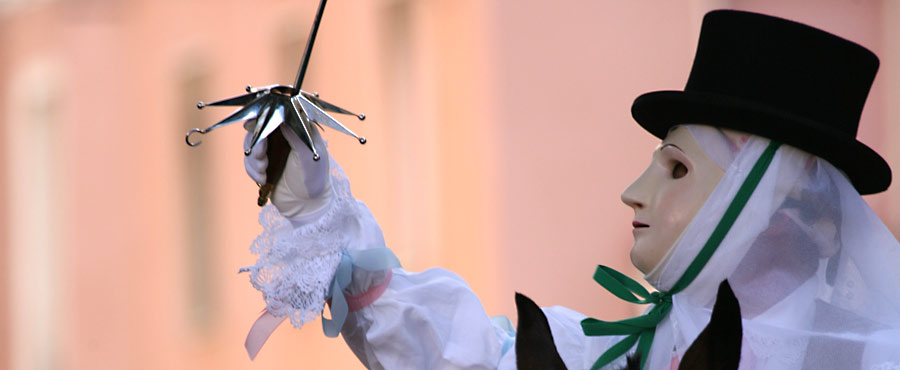Sardinia still keeps its ancient language and the traditional folk costumes, and the widespread religious and local festivals, together with the still well known folk dances and songs, show how the island is tight bound with its own traditions and ancient culture. Festivals are mostly related to the Earth and its reproductive cycles, legacy of an agro-pastoral society whose daily life was marked by the agrarian calendar. Festivals are seen as moments given to the community to be together, to enjoy each other’s company, and to pray both for a good Harvest and for the end of plagues and famine. Important religious festivals are connected to the celebration of the Patron Saint, in the different cities and towns. Concerning this, the most important and known festivities are those in the name of St. Efisio, in Cagliari and St. Antioco, in the homonymous town situated in the far South of the island. These events are characterised by parades, where people coming from all over the country both walk and horse ride, wearing the traditional costumes. During the parades, people sing traditional songs in dialect, and play traditional musical instruments as concertinas and launeddas. Other religious and heathen ceremonies take place during the Carnival days. The Barbagian carnival, for instance, is famous because of the men’s masquerade: scary, ancestral masks, goatskin leather clothes, orbace (woollen jacket), and cowbells. Being dressed so, they sing and dance as to represent a close bond between Man and Animal. Another important carnival event is the worldwide known Sartiglia, in Oristano, namely, a horse race, during which the horsemen have to pierce a metal star to benefit from a rich harvest.


